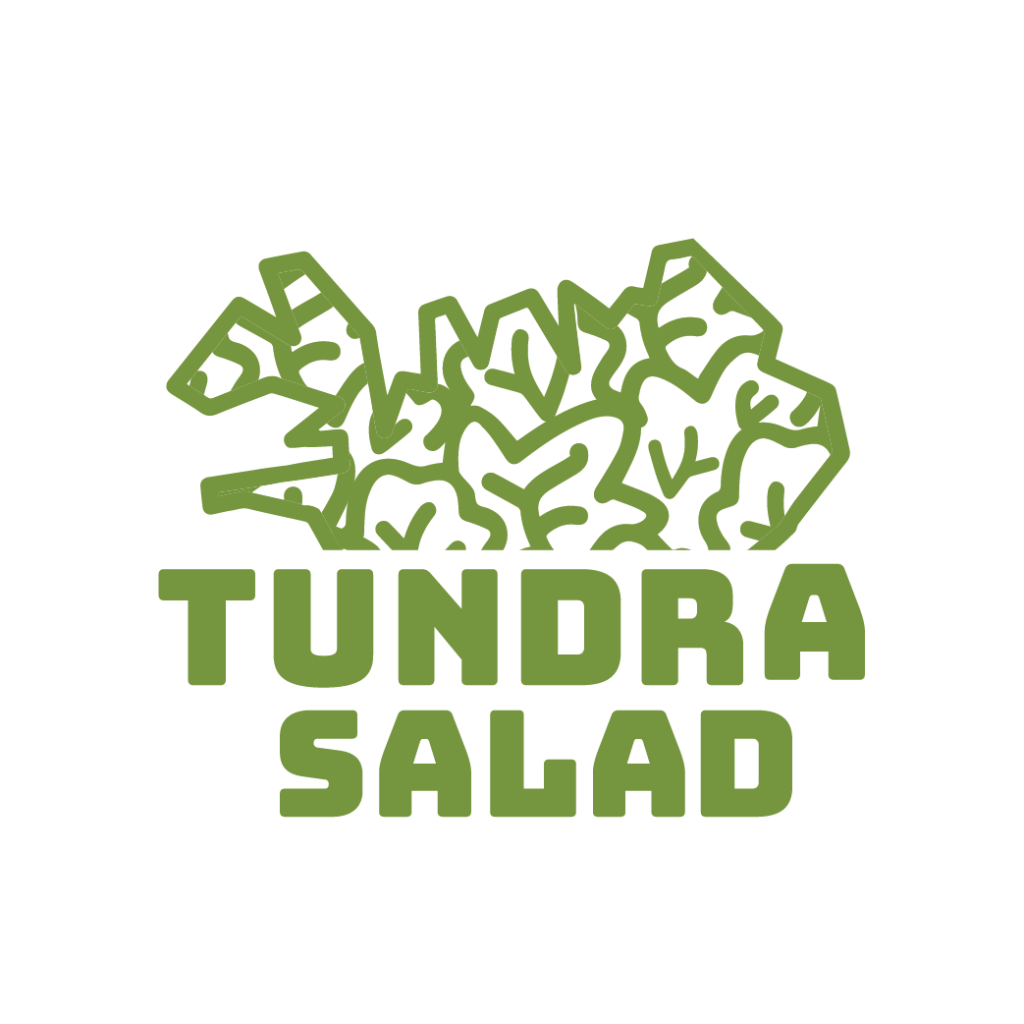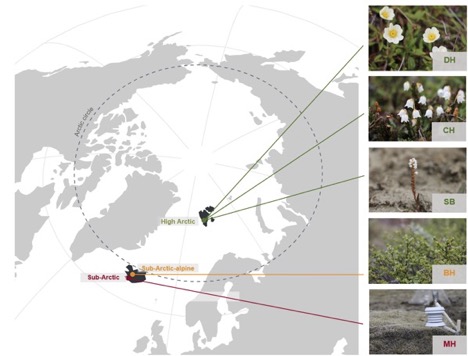Trapped in a degraded state? Tundra ecosystem responses to grazing cessation (TRAPP)
Rannís funded project 2021-2024; PI: Ingibjörg Svala Jónsdóttir
The aim of this project is to investigate ecosystem processes that slow down or prevent recovery of heavily grazed rangelands following grazing-cessation, and how climate warming affects these processes. More specifically, we will focus on degraded rangeland ecosystems that have not totally collapsed and the role of different plant functional types and soil related processes in retarding or facilitating transitions to a healthier state and how climate warming modulates these roles.


Herbivores in the tundra: linking diversity and function (TUNDRAsalad)
Rannís funded project 2021-2024; PI: Isabel C Barrio
This project aims at synthesizing and advancing current knowledge on the role of herbivory and herbivore diversity in tundra ecosystems. TUNDRAsalad will incorporate herbivore diversity into predictions of ecosystem function in tundra.
To understand what are the effects of herbivore diversity on tundra ecosystems, TUNDRAsalad uses different approaches:
- Literature synthesis: what do we know about the effects of herbivory in the Arctic already?
- Coordinated experiment across the Arctic using size-selective exclosures to manipulate herbivore diversity
- Modelling and application to a case study in Iceland: studying changes in herbivore community composition over space and time
ITEX sites
The International Tundra Experiment (ITEX) is a network of researchers examining the impacts of warming on tundra ecosystems. Currently, research teams at sites throughout the world carry out similar, multi-year coordinated experiments using open top plexiglass chambers (OTCs) that allow them to examine vegetation change in response to warming across the tundra biome. More information on the ITEX network
The Tundra Ecology Lab is currently running three ITEX sites in Svalbard and three in Iceland


FENCES experiment
In 2016 we set up fences at two sites in the highlands in Iceland (within and outside the active volcanic zone) in two habitats in different stages of degradation (dwarf shrub heath and gravelly desert).
This project was funded by the University of Iceland Research Fund, Orkurannsónknasjóður Landsvirkjunar and the Soil Conservation Service of Iceland.
Publications
Seabloom, E.W., Batzer, E., Chase, J.M., Harpole, W.S., Adler, P.B., Bagchi, S., Bakker, J.D., Barrio, I.C., Biederman, L., Boughton, E.H., Bugalho, M.N., Caldeira, M.C., Catford, J.A., Daleo, P., Eisenhauer, N., Eskelinen, A., Haider, S., Hallett, L.M., Jónsdóttir, I.S., Kimmel, K., Kuhlman, M., MacDougall, A., Molina, C.D., Moore, J.L., Morgan, J.W., Muthukrishnan, R., Ohlert, T., Risch, A.C., Roscher, C., Schütz, M., Sonnier, G., Tognetti, P.M., Virtanen, R., Wilfahrt, P.A., Borer, E.T. (2021) Species loss due to nutrient addition increases with spatial scale in global grasslands. Ecology Letters https://doi.org/10.1111/ele.13838
Mulloy, T.A., Barrio, I.C., Björnsdóttir, K., Jónsdóttir, I.S., Hik, D.S. (2019) Fertilizers mediate the short-term effects of sheep grazing in the Icelandic highlands. Icelandic Agricultural Sciences 32:75-85 pdf